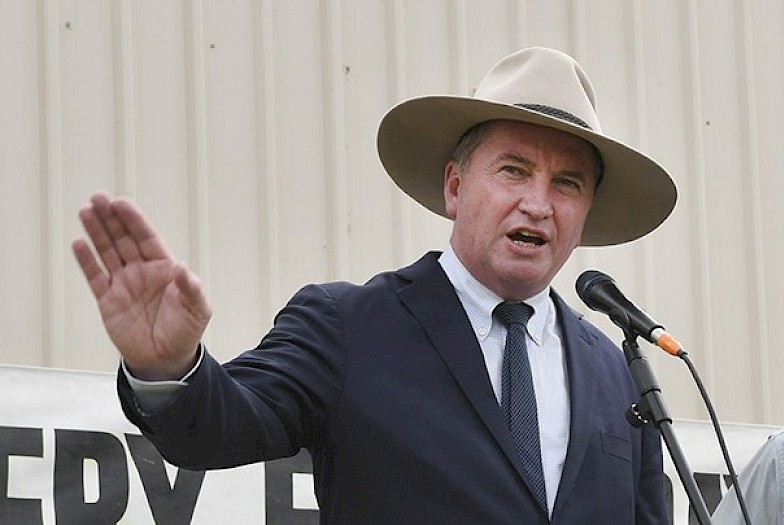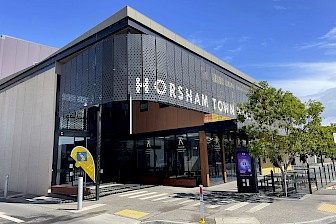The Federal Government has confirmed it will join the State Government in funding a Horsham Agriculture Smartwater and Integrated Water Management Project.
Each tier of government will provide $4.57-million for a redevelopment that will open the door for a major supply boost of high-quality irrigation water.
The project involves building infrastructure and adoption of technology to overcome salinity and turbidity issues in Horsham municipal wastewater. Primary to the plan is shoring up supply for Agriculture Victoria research activities at Horsham’s agricultural SmartFarm and Grains Innovation Park.
But benefits will extend beyond agricultural research and provide extra incentive in attracting major industrial developers with a need for modern wastewater facilities and scope.
The project also presents opportunities for the realisation of an expansion of and value-adding to promising viticulture opportunities west of Horsham and greater opportunities to maintain or develop community parkland.
It is likely, to some degree, to drought-proof many public parks and gardens and reduce the risk of browning and dying ovals and reserves in periods of severe weather.
Member for Mallee Anne Webster, in confirming the federal funding, said the project was among 40 water-infrastructure projects across Australia that would share in $108-million in National Water Grid Connections money.
She said the government was pleased to invest in the Horsham project to ‘improve the resilience and reliability of Horsham’s water infrastructure, deliver innovative secure water for the grains research centre in Horsham and ensure a stronger future for water security across the region’.
“This project will mean the Agriculture Victoria SmartFarm and Grains Innovation Park will have a secure water supply,” she said.
“This guarantees its ability to complete vital research into the future, and maintaining an agricultural centre of excellence in the Wimmera.
“The technologies being proposed will secure and expand vital agricultural research and innovation benefits for the Australian grains industry and its 22,000 grain-farming businesses Australia wide.”
Agriculture Victoria uses Horsham wastewater to irrigate 190 hectares for crop trials on its research farm and improvements to the irrigation system will improve water-use efficiency and land productivity.
Under the planned system, wastewater would flow through a new dissolved air-floatation plant at Horsham wastewater treatment facility to reduce the turbidity before being piped through existing infrastructure to a reverse-osmosis plant at Horsham SmartFarm.
The reverse-osmosis plant would convert a portion of the received wastewater into high-quality water suitable to spray irrigate field trials at the SmartFarm.
Additional storage would hold the improved-quality water and a storage facility for brine would also be part of the development.
New infrastructure would include automated irrigation systems, a complex network of piping with pumping station and a three-phase power substation.
Deputy Prime Minister and Infrastructure, Transport and Regional Development Minister Barnaby Joyce said the Federal Government was investing in packages of water-infrastructure projects through the National Water Grid Connections pathway.
“The National Water Grid Connections is all about driving the construction of smaller-scale projects during the next two years to provide short-term economic stimulus,” Mr Joyce said.
“The cumulative impact for the National Water Grid will be significant. Collectively, these projects are expected to support more than 7000 hectares of irrigable land and connect 400 new customers. An additional 13,000 customers are expected to benefit from improved water access or reliability. Up to 1175 jobs will be supported during construction, with more than 2550 ongoing and up to 500 more seasonal jobs set to be created nationally.”






